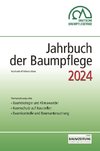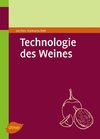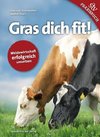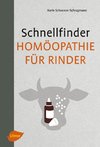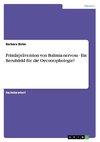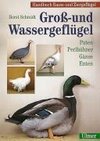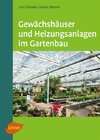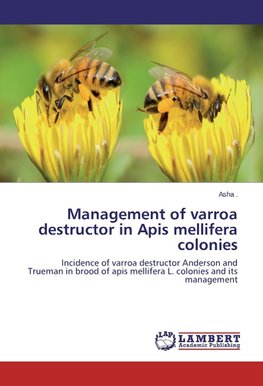
-
 Anglický jazyk
Anglický jazyk
Management of varroa destructor in Apis mellifera colonies
Autor: Asha
Apiculture forms an essential and vital component of sustainable integrated rural development programme as it improves the economy of farmers by enhancing the productivity of agricultural crops and honey production. Despite its great potential, beekeeping... Viac o knihe
Na objednávku
45.36 €
bežná cena: 50.40 €
O knihe
Apiculture forms an essential and vital component of sustainable integrated rural development programme as it improves the economy of farmers by enhancing the productivity of agricultural crops and honey production. Despite its great potential, beekeeping industry is facing several constraints, which needs immediate attention. Among these, Varroa destructor Anderson and Trueman, an ectoparasitic mite of brood and adult bees, is a serious pest of Apis mellifera L.). In the last three years, beekeeping in India is adversely affected by this mite. In the present scenario, 90 per cent apiaries and 50 per cent colonies are affected by this mite. Varroa was first described on its native host, the Asian honey bee (Apis cerana Fab.) in 1904 in Java (Oudemans, 1904). Some of behavioural traits which were acquired by honey bees against Varroa are tendency to swarm and willingness to abandon their hives may have effectively countered the mite, but these traits also suggested difficulty in domestication of this species.Genus Varroa consists of at least four but possibly seven distinct species. Among the four recognized species, the most destructive and largest among these is Varroa destructor.
- Vydavateľstvo: LAP Lambert Academic Publishing
- Rok vydania: 2015
- Formát: Paperback
- Rozmer: 220 x 150 mm
- Jazyk: Anglický jazyk
- ISBN: 9783847326700
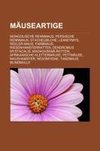
 Nemecký jazyk
Nemecký jazyk 

